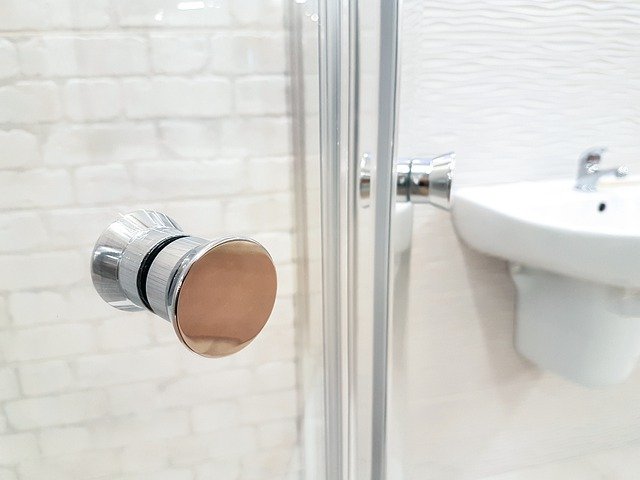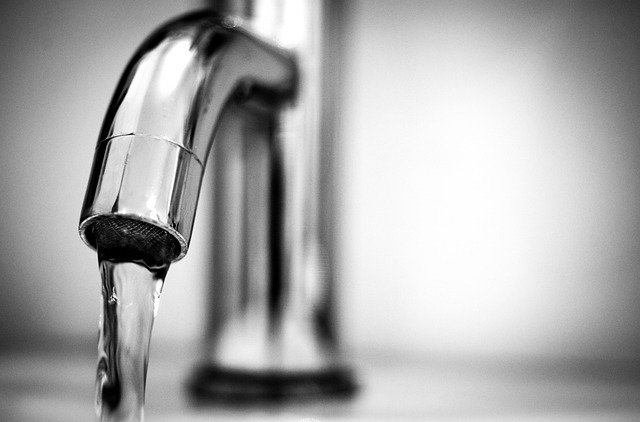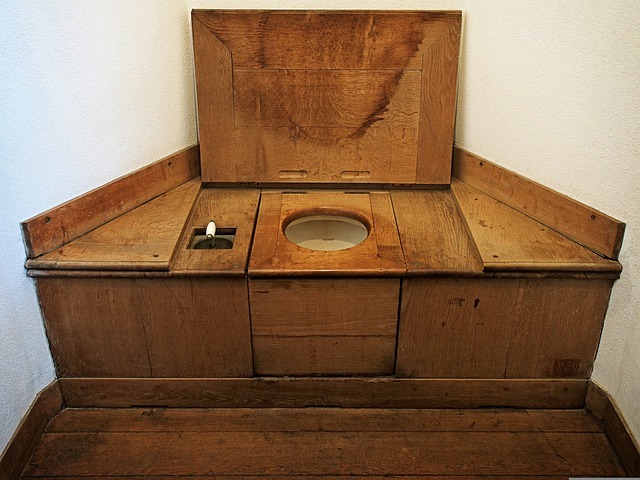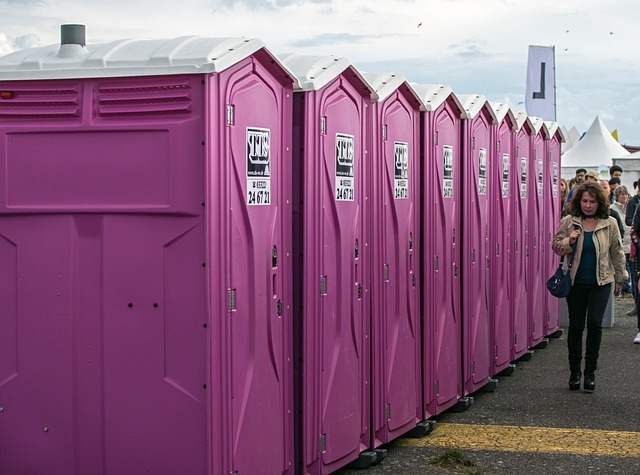
A properly functioning plumbing system is an integral aspect of your house. However, plumbing problems do arise and having a plumber come out might not be feasible because of the timing or costs. The following article provides you with hints and tips that can help you update, maintain and repair your home’s plumbing system.
You can easily fix noisy pipes. You will need to anchor any exposed pipes. It may be necessary to hire a professional to address noisy pipes that are located in less accessible places in your home.
If you want to maintain effective functionality in your spetic tank, pumping it out twice a decade is a really good idea. Regular maintenance will keep sediment from backing up inside of the tank. Sediment can not only cause the sewage in the tank to back up into your house, but it can cause the tank to fail completely. Getting your septic tank drained occasionally may be expensive, but it’s dirt cheap compared to the cost of repairing a damaged septic system or the cleanup cost when raw sewage backs up into your home.
Don’t put oil, grease or fat into your drain. They can clog your drains once they cool down. This is primarily true if you are someone who has a garbage disposal; the fats will make the blades go slower and less freely. The best thing to do is to dispose of oil-based liquids away from your sinks.
Schedule one plumber to take care of all your issues in one single visit. Rather than calling a plumber every time there is a minor problem, taking care of everything at once allows you to save money for additional repairs down the road. You’ll save a ton of money by not having to pay a professional to come out multiple times, instead only paying them to show up once to handle different problems all at once.
Each month, treat your drains by pouring one cup of baking soda down it, and then follow that with a cup of regular white vinegar. Seal off the drain with a conventional plug or a piece of fabric while the natural chemical reaction takes place. Let it sit a few minutes, then wash it all away with boiling water. This method clears out soap scum buildup and accumulated hair that gets caught in the pipes.
Flush your drain with a constant stream of cold water when operating your drain mounted disposal unit. The cold water will help keep the blades nice and sharp and will allow for a much smoother disposal. Avoid using hot water, as this will liquefy grease, causing it to build up in the drain and obstruct your pipes.
Shower Heads
You can drastically reduce your utility bills with the installation of shower heads designed for better efficiency. Most of your water bills comes from the water you use to shower. Water-conserving shower heads are relatively affordable, but using them can save you a great deal of money within a single year.
A sink hose that is installed incorrectly will lead to water flowing into the dishwasher. Your hose must run in a hill pattern to avoid water mixing. Think of the St. Louis Arch — start from your sink, go uphill with the hose, and then down before connecting to the dishwasher. This way, only pressurized water can travel through the hose. Leakage won’t be an issue.
Prevention is necessary when you want to keep plumbing bills down. One major repair is a drain clog. Hair is a common material in drain clogs. Put a drain cover or a screen that is made to protect drains over your drain so that hair cannot get in. Cleaning hair from the screen is a much easier affair than it would be to get the hair out of the pipe.
Cold weather can cause expensive plumbing repairs if your pipes freeze. This problem is easily avoided. Insulate the pipes that run outside with proper material. When it is cold outside make sure you bring in your hoses or at least drain them. This can save some serious money on pipe repairs over time.
Over time, sediment buildup may lead to problems with low water pressure. Often, this problem can be addressed by thoroughly cleaning out the aerator. First, you should remove and disassemble the aerator. Next, clean it with a brush that has been dipped in white vinegar. Then all you need to do is rinse and reassemble the aerator before putting it back on the faucet. Removing obstructions from the aerator should allow for increased water pressure.
You can research a plumber online, even if you did not choose them. Even if your insurer determines your plumber, you should go to their website and read any available consumer reviews to reinforce your faith in their abilities.
Check your faucets outside for dripping or leaking before winter arrives. If your faucets are dripping, you must fix them before the first freeze. Regardless of whether you have steel, plastic or copper pipes, the water in them expands when it freezes and will make the pipes crack. Even the most minute crack can cause a big enough leak to create flooding or water damage and mold in your home.
As you now know, there are many tricks and tips that can be used to repair plumbing in your house. If you use the tips you’ve read here, you’ll be able to solve any emergency and even install your own plumbing for new fixtures without the aid of a professional!



